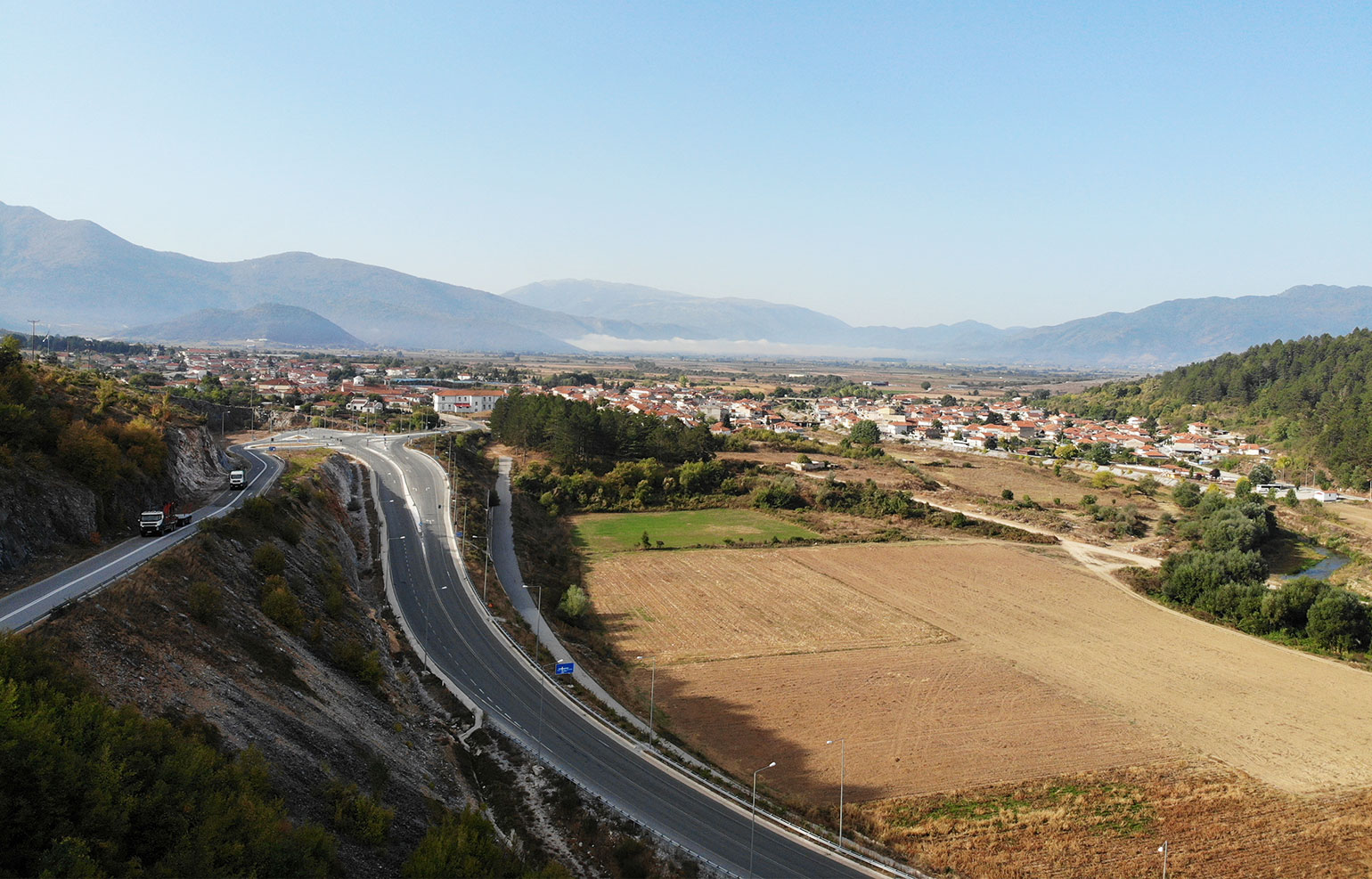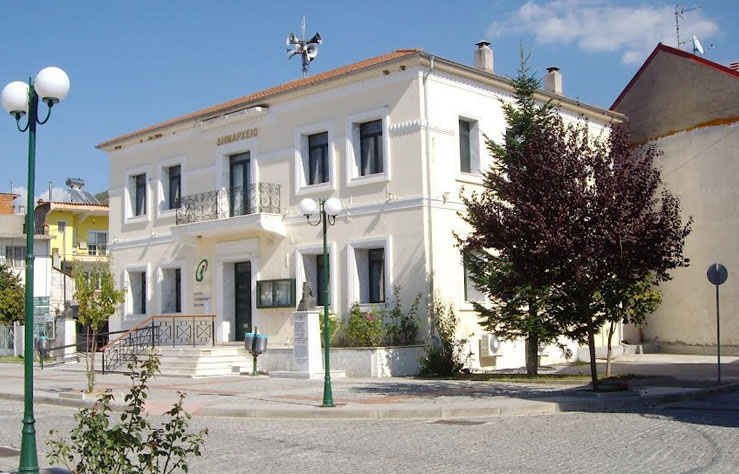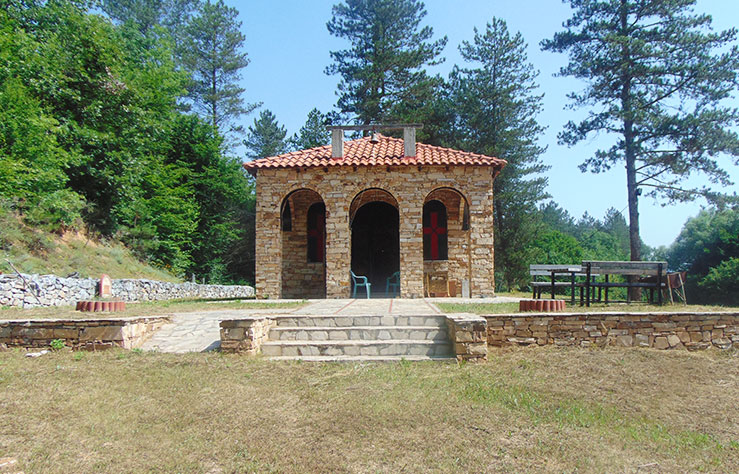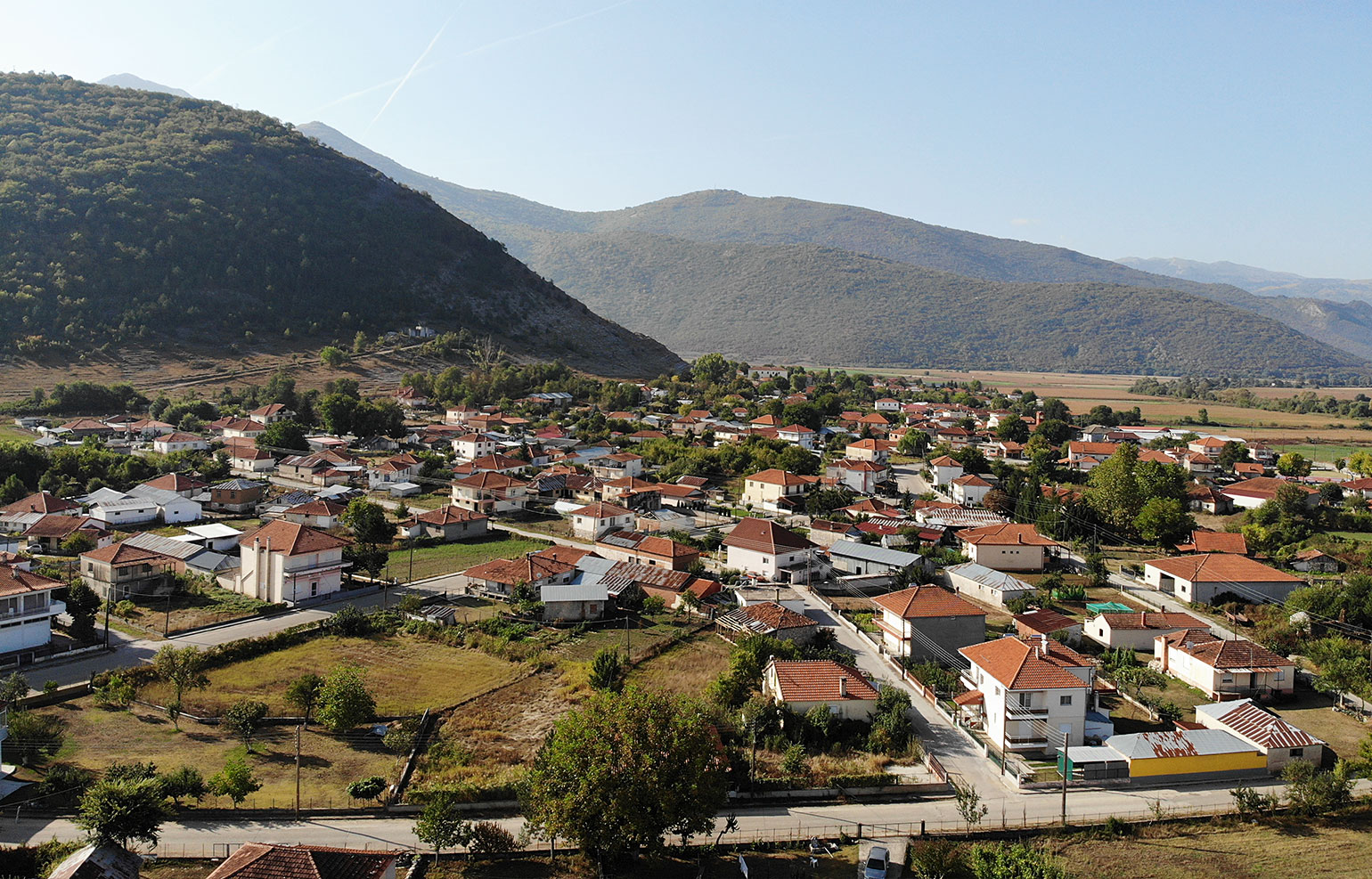Kato Nevrokopi
Nevrokopi is one of the most beautiful municipalities in Macedonia and before the local government reform (Kallikratis programme) it was the largest municipality in all of Greece. It covers 872 sq.km. and is surrounded by the imposing mountain ranges of Falakro and Orvilos. Dominating the fertile plain of the basin, it is well-known for its famous potatoes, delicious beans and low temperatures during the winter. Kato Nevrokopi is 42 km away from Drama, the capital of the prefecture.
The greater region of Kato Nevrokopi has been inhabited since the Paleolithic Age. During Archaic Greece, the inhabitants had relations with the peoples of central Balkans and of the cities on the coasts of Macedonia and Thrace. The tribes inhabiting the area were Thracians, mainly Odomanti and Edoni. The region of Kato Nevrokopi basin was conquered by Philip II. After the Battle of Philippi in 42 BC, the Romans laid down roots in the area. During the Byzantine period, there were large private or monastic estates. After the 7th century, successive waves of Slavs swept down from the north. In 1383 the region was conquered by the Ottomans and numerous Muslims settled in the area. In 1530 there were 385 Christian and 219 Muslim households.
The Bulgarian Exarchate was founded in 1870 and a long period of national rivalry took place in Kato Nevrokopi. In 1882, the Greeks began to try to defend themselves against the Bulgarian claims with the help of the metropolis. The exarchs of Kato Nevrokopi laid claim to the church of Agios Dimitrios. In 1899 the exarchs provoked riots to take control of the church and the Ottoman administration decided to suspend its operation. At Easter of 1901 the Ottoman authorities allowed the church to return to its normal operating procedures under the agreement that the service be held alternately in Greek and Bulgarian, yet at Easter of 1902, as the uprising continued, the church closed once again. The following year, Bulgarian Komitadjis took armed action in the area in order to terrorize the Greek population. It was during that time when the teacher Thomas Papageorgiou was killed.
In October 1903, at the initiative of the Metropolitan of Drama, the church of Agios Dimitrios reopened to celebrate the Saint's feast day with the participation of patriarchs and exarchs. On the same day, however, an armed group of 30 Komitadjis attacked the temple and arrested Ioannis Zafeiriou, Nikolaos Germanos, his son Georgios Germanos and the teacher Konstantinos Christidis, members of the church council, who were later executed. In 1906, on Christmas Eve, a body of 300 komitatzis surrounded Kato Nevrokopi and, after a three-hour attack, killed the Greek community leaders. The Greek army marched into the town on July 4, 1913. During the next years and especially after the population exchange between Greece and Turkey, refugees from Asia Minor, Pontus and Eastern Thrace took refuge in Kato Nevrokopi, while the Muslim inhabitants migrated to Turkey and 324 exarch families had migrated to Bulgaria by 1932. On April 1, 1927, the town was renamed from Zyrnovo to Kato Nevrokopi. Today it is the seat of the new expanded Municipality as, traditionally, it has always been the administrative, economic and cultural center of the greater basin area.
The visitor to Kato Nevrokopi will surely notice and admire the harmonious blend of modern aesthetics and old architecture in the houses of the place.
Yet, Nevrokopi is much more than that. It is the breathtaking natural environment that has been changed little by human activity, it is the post-Byzantine monuments and churches, it is the exquisite forests which are completely accessible through the European paths E6 and EuroVelo trail, as well as the adequate country road network that leads to the entry points and many other things that will be exciting for the visitor to discover.
The town features the dominating, majestic church of Agios Dimitrios, built in 1866, with murals on interior walls and its impressive bell tower in the courtyard. Among the icons of the iconostasis, probably made by the well-known local painter Georgios in the 1870s, stands out the icon of Agios Dimitrios (the patron saint of the village) with its figures in gold embroidered luxurious attire. Other remarkable features are the copy icons of Panagia Faneromeni (Virgin Mary Revealed) and Panagia Eptaspathi (Our Lady of the Seven Swords), various relics, 2 shrines, the wood-carved iconostasis, the pulpit (ambo) and the Bishop’s throne.
A key part of the culture are the Associations that keep the customs and traditions of the place alive from generation to generation.
The most historic of all is the Cultural Association of Nevrokopi under the name "Cultural Center of Nevrokopi". It was founded in 1975 and is still active up to this day. Through cultural events and various activities held, it manages to keep the Culture in our place unchanged.
Pontic Association of Nevrokopi "Alexandros Ypsilantis": It was founded in 1978 and exists up to this day, keeping the Pontic tradition alive by teaching young people Pontic traditional dances, customs and traditions.






